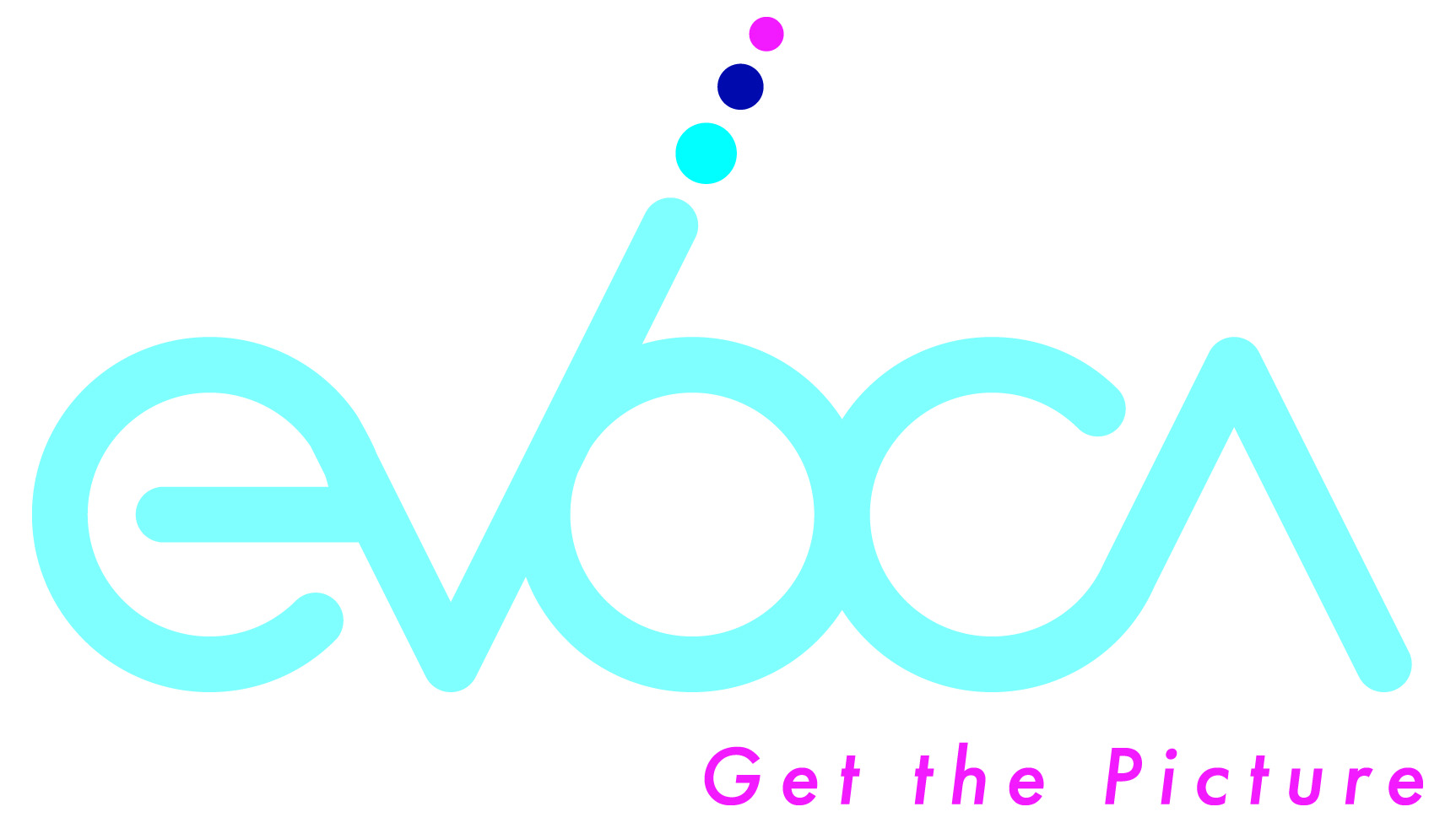Evoca TV, the Idaho-based television service now offering over-the-air and internet-delivered channels to subscribers in Idaho, Colorado, and Arizona, today announced a U.S. television industry first – a new way of transmitting TV signals that could dramatically change the number of channels available from over-the-air broadcasters, including improved bandwidth for Ultra High-Definition 4K options. Evoca this week successfully transmitted television content using the cross-polarization functionality of the ATSC 3.0 standard, a first-ever accomplishment in the U.S.
“One of the very interesting capabilities of the new ATSC 3.0 broadcast standard is the ability to use both horizontally-polarized and vertically-polarized transmission and reception, a functionality that the industry calls Multiple Input and Multiple Output, or ‘MIMO’ for short. This week on Channel 35 in Boise we successfully demonstrated the creation and transmission of a MIMO signal. MIMO has the potential to dramatically increase the available payload for TV broadcasts, possibly even doubling the amount of data that a broadcaster can send to improve choice and robustness. That could mean many more standard and high-definition channels for viewers, the potential of more than one Ultra High-Definition 4K service, or even the possibility of 8K video delivered over-the-air,” explained Todd Achilles, CEO of Evoca TV.
The MIMO cross-polarized TV broadcast, with simultaneous transmission of two discrete streams within one 6MHz channel, is the culmination of many months of work and a collaborative project between Evoca and transmitter manufacturer Rohde & Schwarz, media software firm Enensys Technologies, broadcast array specialist Kathrein Broadcast, signal analysis company Avateq Corporation, and receiving antenna manufacturer Televes.
“While MIMO broadcasts have been demonstrated in other countries, it’s mostly been a proof-of-concept effort. With Evoca, we intend to make full use of the potential for MIMO transmission and reception. It means that the broadcast spectrum we’re using for Evoca services today could become even more valuable, with the ability to send many more channels as well as higher-quality broadcasts to viewers. And since Evoca controls both the transmission and reception of our signals, we can make sure that the consumer experience is exactly what is intended. MIMO could revolutionize what we do, offering even more choices for viewers than are possible with today’s broadcasts,” Achilles said. Special transmission and reception gear will be required to take full advantage of the new MIMO functionality. Previous demonstrations of ATSC 3.0 MIMO broadcasts have been done in South Korea, the United Kingdom, and in Brazil.
“In addition to more choice for viewers, the Evoca transmissions also signal the potential for using over-the-air TV channels for more than just video and audio data. Such datacasting has long been discussed as a potential new business for broadcasters, and the ability to potentially double the size of the broadcast pipe means there is great potential for the future,” Achilles noted. “The opportunities are likely bigger than just the systems used for broadcast television. We specifically are planning consumer reception gear that can receive both ATSC 3.0 and 5G signals, expecting both to be used to reach consumers at home. There is more work to be done before this can become a consumer product, mainly in the development of new receiver hardware that can successfully recombine the separately transmitted horizontal and vertical signals. But since we’re already transmitting TV content and we have control over receivers and antenna products used to receive our signals, we are very encouraged by today’s initial transmissions. We’re proving out one of the key capabilities of the ATSC 3.0 broadcast standard,” Achilles said.






